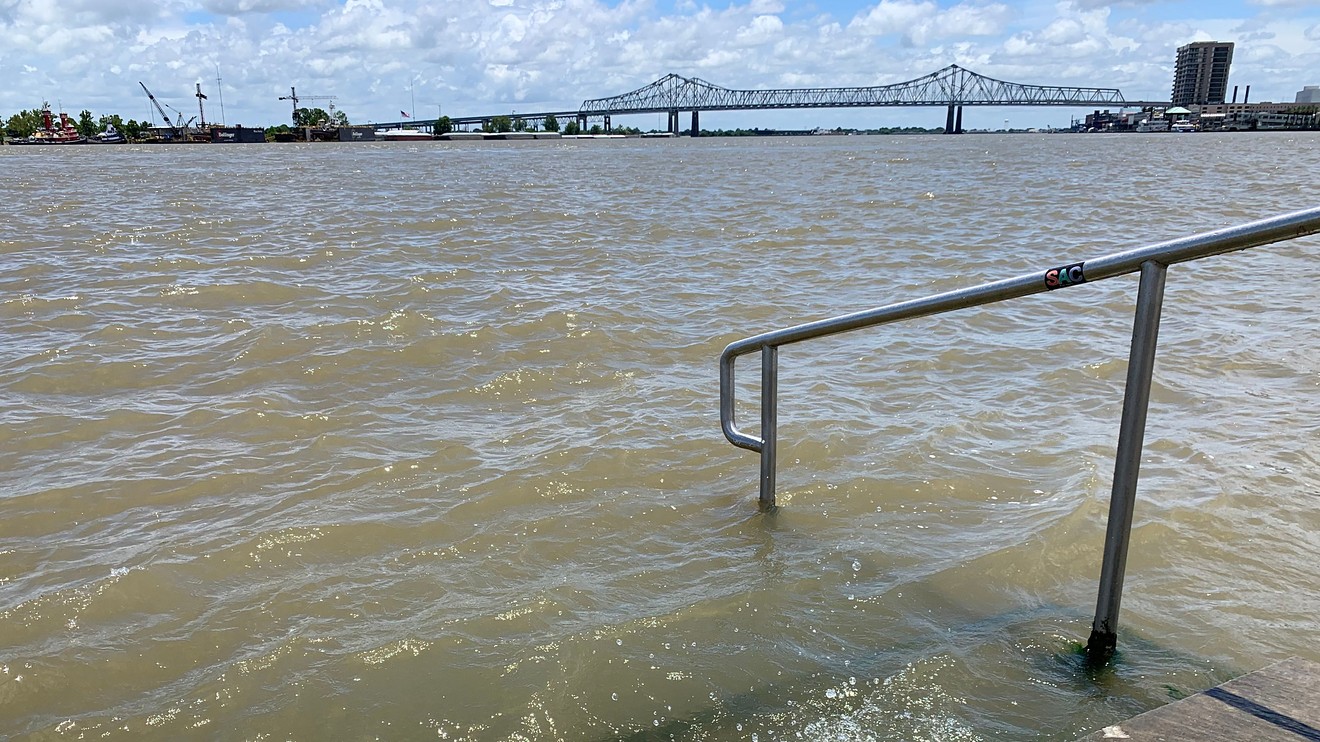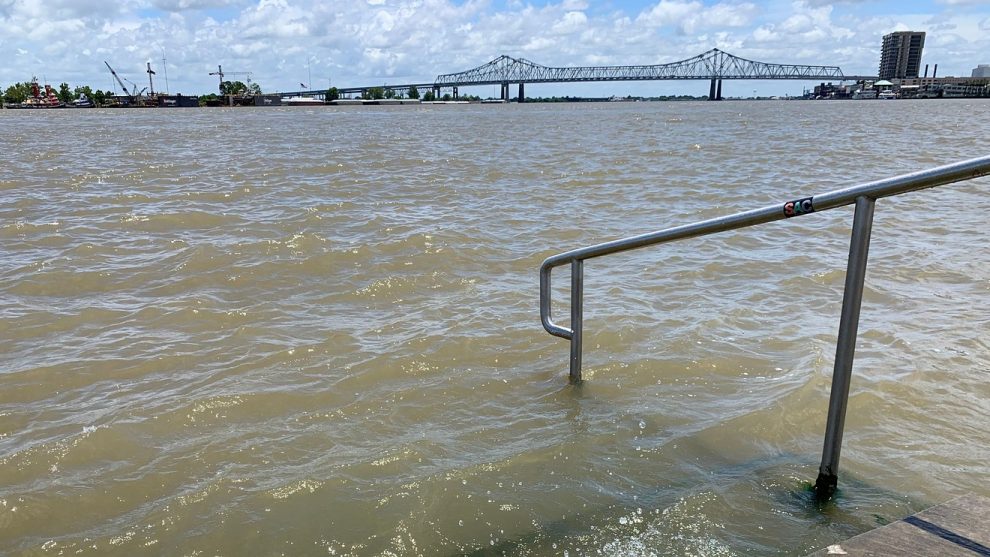
Tropical Storm Barry won’t pack the same punch as Hurricane Katrina, but less intense storms in the Gulf of Mexico may have a greater impact on the energy market than they did 14 years ago.
Since Katrina, one of the most devastating hurricanes in U.S. history, in August 2005, the energy market has become much more “vulnerable” with sizable growth in domestic oil refining capacity, a climb in Gulf of Mexico production, and crude exports lifted in late 2015, said Tom Kloza, global head of energy analysis at the Oil Price Information Service.
“Back in 2005, the U.S. was in the third decade of a ban on exports of U.S. crude. Nowadays, crude oil exports regularly top 3 million barrels a day and by the 2020 hurricane season, the figure may rise 50% more,” said Kloza.
Crude production in the Gulf of Mexico has also climbed to 2 million barrels a day in July of this year, from 1.4 million barrels a day in July 2005, he said.
So far, oil hasn’t seen much of an added boost in reaction to the storm, which is expected to make landfall over the central Louisiana coast on Saturday, according to the National Hurricane Center. Analysts have attributed much of oil’s gains over the past several weeks to increasing tensions between the U.S. and Iran and the potential for a disruption to oil flows in the Middle East.
August West Texas Intermediate crude CLQ19, +0.32% settled at $60.21 a barrel on Friday, for a weekly rise of 4.7%, while Brent crude BRNU19, +0.42% finished at $66.72, for a climb of 3.9% for the week.
“July or August hurricanes can be particularly devastating since they occur while refiners are still struggling to manufacture summer grade blends of motor fuel,” said Kloza. “And against the current backdrop, where global oil demand is exceeding supply thanks to the seasonal demand surge in the third quarter, the impact on gasoline can be amplified.”
On Friday, the average U.S. retail price for a gallon or regular gasoline stood at $2.775, according to AAA, up from $2.723 a month ago, but down from $2.885 a year ago. Futures prices for RBQ19, -0.48% trade more than 3% higher for the week.
Still, he expects “the impact of Barry on crude and gasoline will be much like its first 48 hours,” with crude and product price likely to “wobble a bit higher.”
As of Friday, a total of almost 59% of oil production in the Gulf of Mexico and nearly 49% of natural-gas production were shut down in response to Barry, according to the Bureau of Safety and Environmental Enforcement.
The declines in production may last a “bit longer than would typically be the case because the storm is lingering” over the Gulf and Gulf Coast, said Marshall Steeves, energy markets analyst at IHS Markit.
“Usually, if there is no damage, offshore platforms are quickly repopulated with evacuated staff and output gets ramped up again,” he said.
He estimates that the loss for oil would be 1.01 million barrels a day and 1.24 billion cubic feet per day in lost gas production, and with the storm likely lasting through Saturday in the Gulf region, the energy market will likely see at least three days of lost output.
In any case, Barry “reminds us that what happens in the Gulf of Mexico in July and August is much more pertinent to consumer pocket books than what happens in the Persian Gulf or the Gulf of Oman,” said Kloza.







